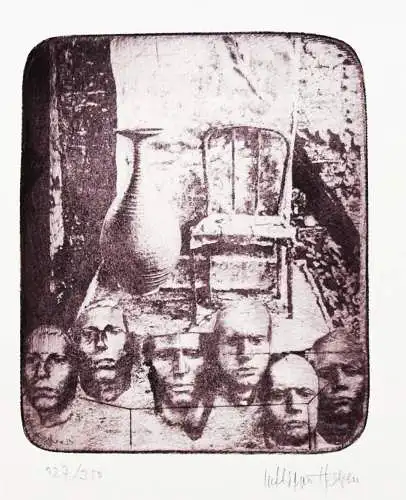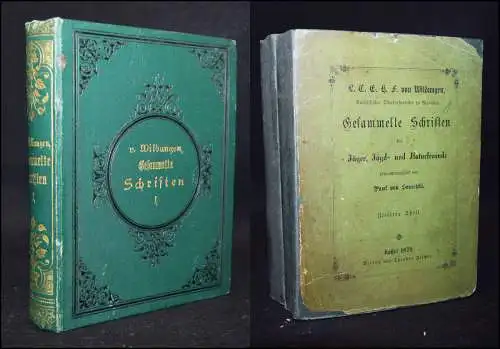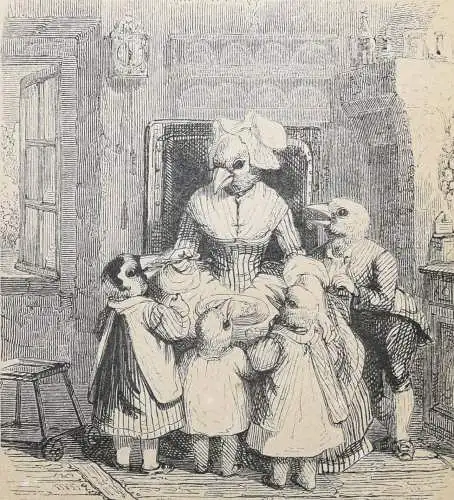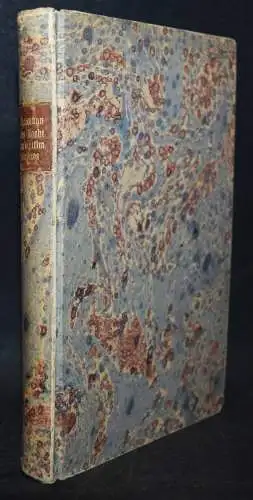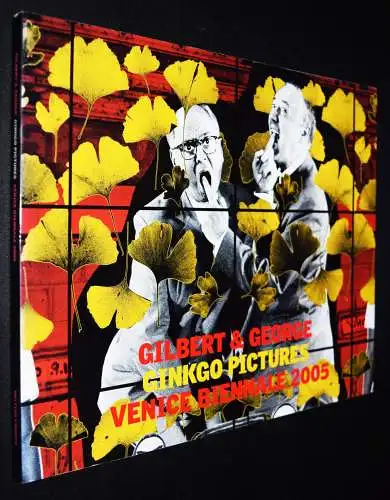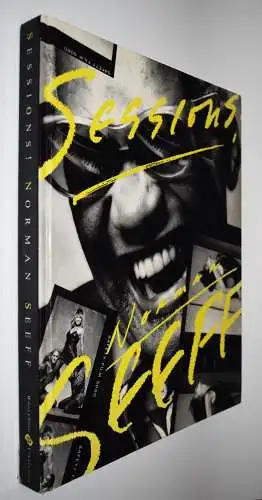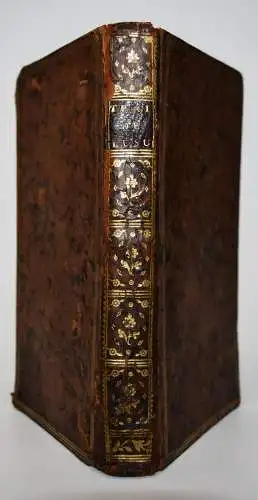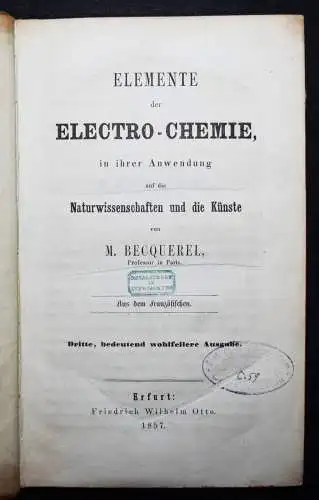Krody, Sumru Belger (Hrsg.). Colors of the oasis. Central Asian ikats. Washington, The Textile Museum (2010). 4°. 303, (1) S. mit zahlr. farb. Abb. Orig.-Leinenband mit farbig illustr. Orig.-Schutzumschlag.
„From October 16th to March 13th, the Textile Museum, in Washington D.C., reveals a cultural treasure of Uzbekistan, through „Colors of the Oasis: Central Asian Ikats“. The exhibition is organised by Sumru Belger Krody, the curator of the Eastern Hemisphere Collections at the Textile Museum, as well considered the leading authority on Ottoman Turkish and Greek embroidery. One of the exceptionality of this showcase is that it allows the public to see for the very first time, more than 60 garments and other 19th-century textiles provided from the Megalli’s collection, among one of the largest holdings of Central Asian ikats in the world. In the 19th century in particular, wearing Central Asian ikats, represented wealth, prestige, power. The exhibitions is divided into three sections, guiding the visitors to appreciate and learn more about the precious textile, aside from highlighting the contemporary revival of ikat after it was nearly extinct during the Soviet period: ikat design and artistic principles, the stories of the people who used them and who made them, and the technical aspects of ikat making and the people involved in the craft. The presentation displays a selection of coats for men and women, women’s dresses and pants, bohce (wrapping cloth), cradle covers, hangings and fragments, in a warm atmosphere recalling the original context of Central Asian ikats, with early 19th century photographs illustrating scenes such as fabric merchants at bazaar selling ikat fabrics, and settings reproducing the typical Uzbek aesthetic and comfortable interior decoration based on textiles. The Megalli collection represents the artistic virtuosity of ikat tradition, with its stunning, colorful textiles made in silk and in cotton. The term „ikat“ meaning „tie“, derives from „mengikat“ in the Malay language, and refers to the tie-dyeing method. Unlike a majority of textiles are woven with solid-thread or are printed or dyed after weaving, the ikat process consists in dyeing first the individual threads with several colors that, when woven together, produce the energetic patterns unique to this textile tradition. It is a complex process, requiring a forethrought and teamwork between various craftsmen and the designer. Maybe due to the complexity and time required to make ikats, the legend says that these cloths are impregnated with magical powers. Murad Megalli was a resident of Istanbul, Turkey. Fascinated by textiles which he collected for over 22 years, he learned much about them from his mentor, the late Josephine Powell, a renowned ethnographer and photographer. In 2005, he donated a collection of 149 19th-century Central Asian ikats to the Textile Museum, with subsequent gifts to the collection. On October 14, 2010, Murad Megalli was honored with the Textile Museum’s Award of Distinction. The award recognizes an individual’s distinguished service in fullfilment of the museum’s mission to expend public awareness and appreciation (localy, nationally and internationally) of the artistic merits and cultural importance of the world’s textiles. Special Note: While writing the article „Colors of the Oasis: Central Asian Ikats“, I was saddened to learn the premature loss of Murad Megalli. Mr. Megalli has left forever a considerable historical and artistic heritage, to all textile lovers.“ (Dina Hajjé, The Textile Museum, Washington D.C.). – Sehr gutes Exemplar der gebundenen Ausgabe. – Very good copy of the hardcover edition.Gute Ware
alles bestens!
